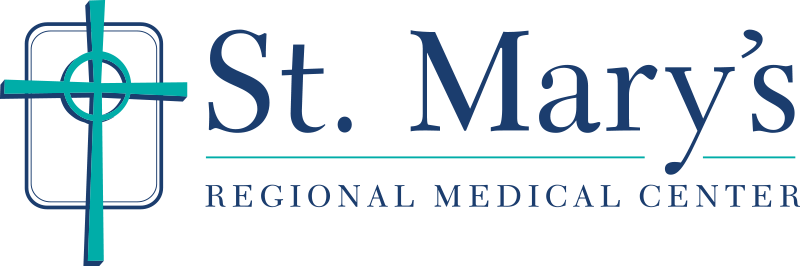The Importance of Breast Density
It's important for all women to know their breast density because it impacts breast cancer risk, as well as how well mammograms can detect breast cancer. The only way to know your breast density is by the results of your mammogram.
The Four Levels of Breast Density
Breast tissue is composed of milk glands, milk ducts, supportive tissue (dense breast tissue) and fatty tissue (non-dense breast tissue). Radiologists use mammogram images to grade breast tissue based on the proportion of dense to non-dense tissue and assign a level of breast density.
Levels of density are described using a results reporting system called Breast Imaging Reporting and Data System (BI-RADS). The levels of density are often recorded in your mammogram report using letters. The levels of density are:
- A: Almost entirely fatty indicates the breasts are almost entirely composed of fat. About one in 10 women has this result.
- B: Scattered areas of fibroglandular density indicates there are some scattered areas of density, but the majority of the breast tissue is non-dense. About four in 10 women have this result.
- C: Heterogeneously dense indicates there are some areas of non-dense tissue, but the majority of the breast tissue is dense. About four in 10 women have this result.
- D: Extremely dense indicates nearly all the breast tissue is dense. About one in 10 women has this result.

VolparaDensity™
The St. Mary's Women's Imaging Center also uses the VolparaDensity solution to help physicians confirm the density of your breasts and recommend if you would benefit from supplemental screening such as ultrasound. The solution provides:
- A scale showing volumetric breast density thresholds and breast density categories
- Average radiation dose per image, using patient's density results
- Average pressure applied using compression force/contact area
- Higher volumetric density of left or right breast
The radiologists who interpret your mammograms will let you know your breast density along with the results of your mammogram because it impacts your risk of breast cancer.
Call 580-249-3770 to make an appointment with the Women's Imaging Center or to learn more about our services.
What is breast density and how does it impact my risk for cancer?
Breast Density is a measure of the amount of breast tissue a woman has. The more tissue, the greater the density and the higher the risk of breast cancer. However, in women with dense breast tissue, mammograms are not as effective in detecting the cancer. This is because both breast tissue and breast cancer will appear white on a mammogram and the lack of contrast makes identification of the cancer more difficult.
Digital mammography is the standard to detect early curable breast cancer. Mammography is effective and is probably the most important reason that smaller more curable breast cancers are being detected and that the death rate from breast cancer is decreasing. However, the ability of mammography to detect breast cancer in women with dense breast tissue is limited.
The issue of breast density is important. Nearly half of all women in the U.S. have dense breast tissue. Women with dense breasts are at a 4-6 times higher risk of developing breast cancer than women who do not. Although breast density is loosely associated with age, with nearly three-fourths of women in their 30s having dense breast tissue, more than a quarter of women in their 70s also have dense breast tissue.
Below is an example of a mammogram from a woman with dense breast tissue and a large breast cancer. The dense tissue appears white, just as the tumor does, causing the breast tissue to mask the cancer. This is why more than one third of breast cancers are missed by mammography in women with dense breasts.

By comparison, below is an example of a breast cancer in a woman with non-dense breast tissue. The white tumor (circle) in the right breast is easily visible against the dark gray and black non-dense tissue.

Dense Breasts and Other Breast Cancer Risk Factors
Breast cancer is one of the most frequently diagnosed cancers among women. The majority of women diagnosed with breast cancer have no known family history or other risk factors. Only 5-10 percent of breast cancers are due to a genetic cause. That’s why screening for breast cancer is so important. The most significant risk factors for breast cancer includes being female and age. However, increased breast density is a strong independent risk factor for developing breast cancer.
The reason it is so important for women to be aware of their breast density is that there are other approaches, in addition to mammography, which can help detect breast cancers which would not be seen with mammography alone such as the Automated Breast Ultrasound System (ABUS), Breast Specific Gamma Imaging (BSGI) and Magnetic Resonance Imaging (MRI).
